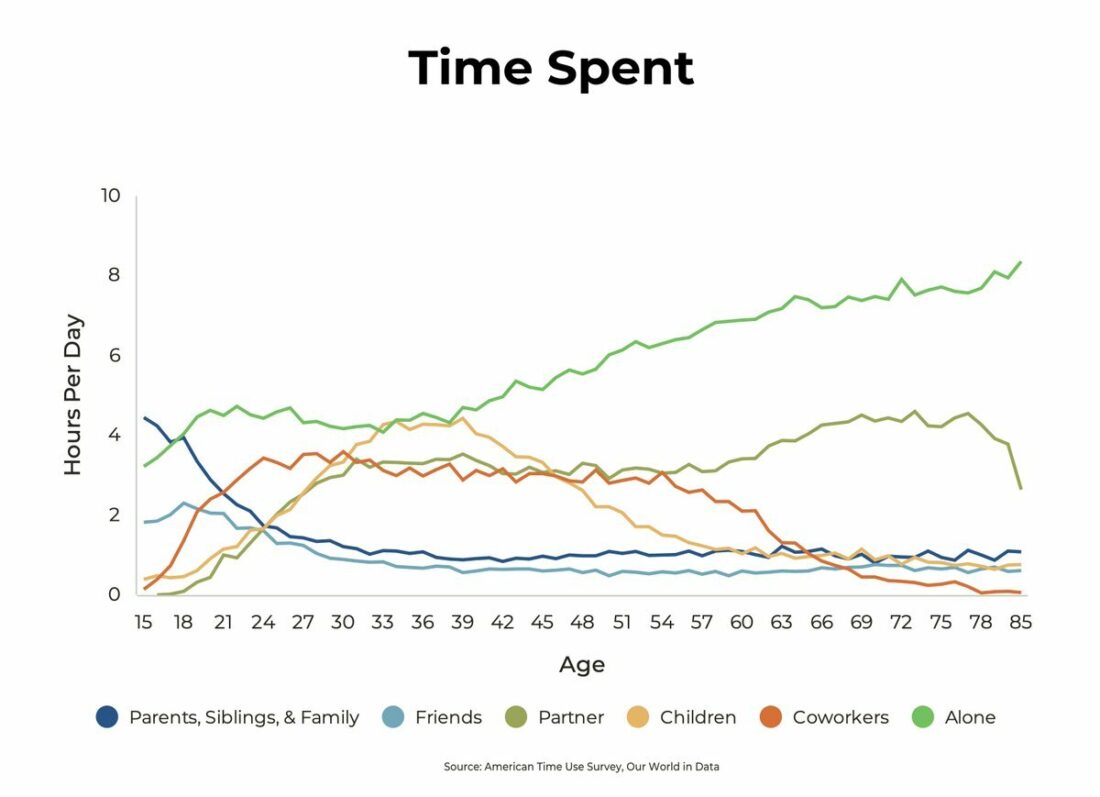Your Relationships (By the Numbers)
Even though our relationships might seem like the least quantifiable things we have in our lives, that doesn’t seem to stop people from thinking of them as sums. I’ve seen that play out a few ways.
I’ve met people who talked about their “A” list and their “B” lists of friends. (The “B’s,” I guess, are the people they’d call if no one on the A list was available to come to the party or go out. There’s something vaguely disturbing about someone being on either list.)
Dating apps, of course, present candidates’ appearances as either a “swipe left” or a “swipe right.” Facebook itself came from Facemash, Mark Zuckerberg’s attempt, during his time as a student at Harvard, to develop an attractiveness rating system.
NPR broadcasted a long-form feature on a market researcher who decided to interview his wife about her “customer” satisfaction with him as a spouse and the areas in which he could be getting higher ratings. After all, he reasoned, why not use his well-honed professional tools to improve the “product” of which he was most proud, his relationship with his wife?
Recently, I saw a different way of quantifying our relationships that I thought had more potential for a social good.
The Time You Spend is a Real Number
In these perhaps waning days of Twitter, Sahil Bloom plumbed a U.S. study of “American Time Use” to pull insights from some numbers themselves— the average amount of time Americans spend with those closest to them.
After the age of 20, just how much time do we who are Americans typically spend with our parents and siblings?
With our friends?
Our life partner?
Our children?
Co-workers?
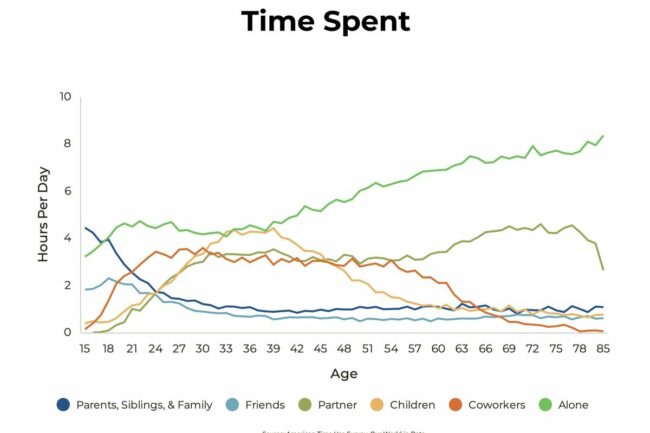
It’s pretty stark when you look at a graph that plots, by age, to whom the hours go.
After they’ve done the backbreaking work of raising us, we may only spend an average of an hour a day with parents and siblings. (I hear my mother’s voice: “It just isn’t fair, Sara.”)
After the age of 18, we spend significantly less time with friends. By the time we’re in our 30s, according to the survey, it’s less than an hour a day.
It appears that, after our 30s, the time we would have spent with friends — and more — seems to go straight to time we spend with our partner, with whom we spend between 3 and 4 waking hours each day—that is, until our retirement years. If we’re still with our partner in our later 60s that amount of time rises precipitously.
Time with children? The time goes fast and then it’s really, really gone.
That leaves co-workers, whom we see about as much as (and sometimes more than) our life partners.
All of which begs the question — and circles us back to those darned “A” and “B” lists — to the degree you have some choice, is the time you’re spending in line with the various people in your life in line with consonant with just how important they are to you?
And, more to the point, are you making decisions about your time with the awareness that time flies, and eventually stops, for all of us?
Bloom’s very qualitative insights that he draws looking at the quantitative data remind us of this. They read less like truisms to ignore once you’ve seen the chart with your own eyes:
“Family time is limited—cherish it.
Friend time is limited—Embrace friendship breadth, but focus on depth.
Partner time is significant—never settle.
Children time is precious—be present.
Coworker time is significant—find [ones who energize you].
Alone time is highest—love yourself.”
Bloom’s analysis of the American Time Use study telescopes time so that we see it from birth to our 80s. This is how we, as a society, live; this is likely how we ourselves live.
Becoming conscious that we will never have more, or even as much, time with the people we care most about, how are we making decisions today?
Helped me remember what is important in life.
Participant in the THJ Experience
Related Posts
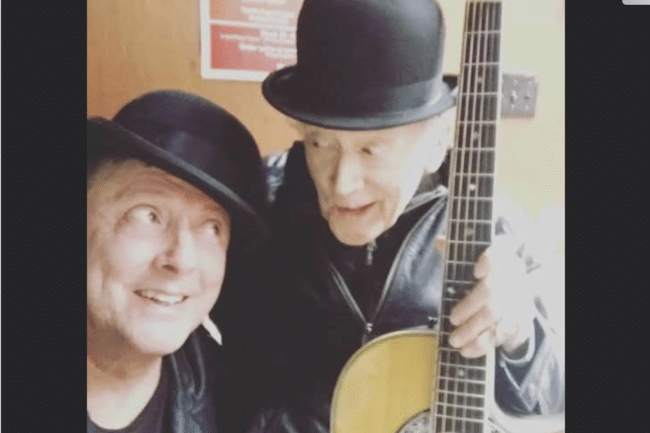
The Incredible Will to Sing
The will to make it to a loved one’s graduation or wedding, or to the birth of a new baby, somehow compels the body to obey the will. Stu Klitsner was going to sing at his only granddaughter’s wedding, come hell or high water.
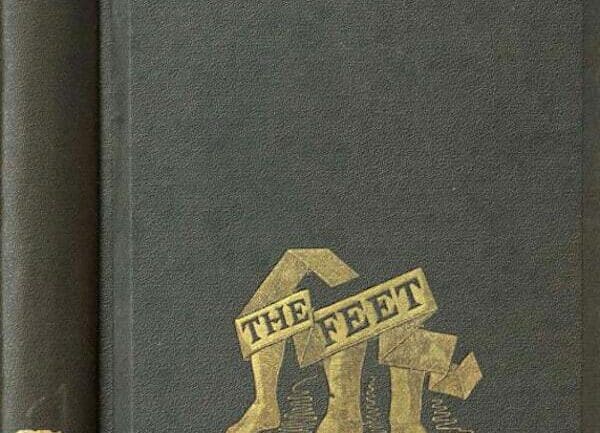
The Chaplain’s Feet
Chaplains exercise their humanness with every patient or family member they meet. What are the parallels between the kind of presence chaplains bring in the spiritual realm and that of the dancer who sees her choreography and performance as a kind of chaplaincy?

Whacking a Gun
At the 2023 Parliament of the World’s Religions, blacksmiths from RAWTools demonstrated how they took guns that had been surrendered from a variety of sources and re-formed them into garden hand tools, making literal their mission and message of anti-violence. The organization takes literally the passage from the Book of Isaiah to “beat their swords into plowshares and their spears into pruning hooks.”
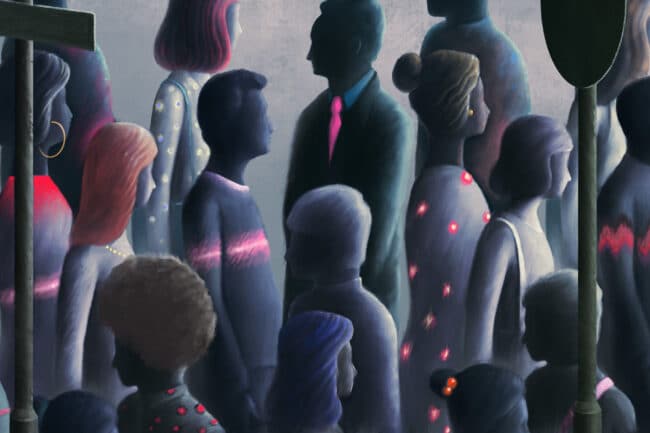
A Vaccine for Loneliness?
Public health has gotten bigger and bigger in recent decades. What was only thought of in the past as individual choices, like drug addiction, gun violence, or smoking crossed over to be thought of by many as social issues and, eventually, as matters of public health. With the Surgeon General’s report that came out in May, 2023, loneliness and isolation may assume their place alongside them as social epidemics.
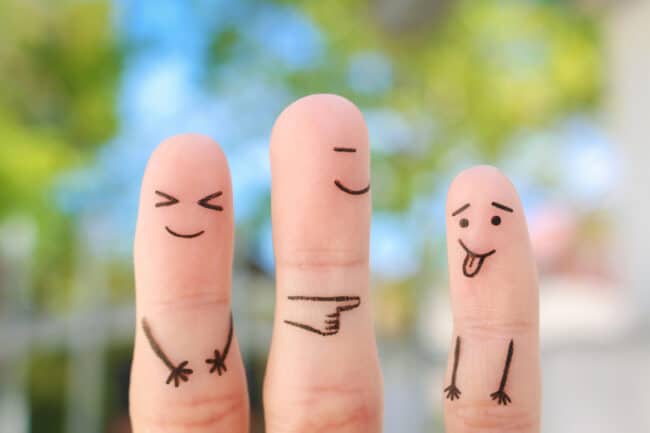
Grief on the Comedy Stage
Is it in supremely bad taste, or potentially healing in a social setting, to use death and dying as material on the American comedy stage? The post-pandemic fad of comedy shows that deal with what have been taboo topics is currently walking that line.
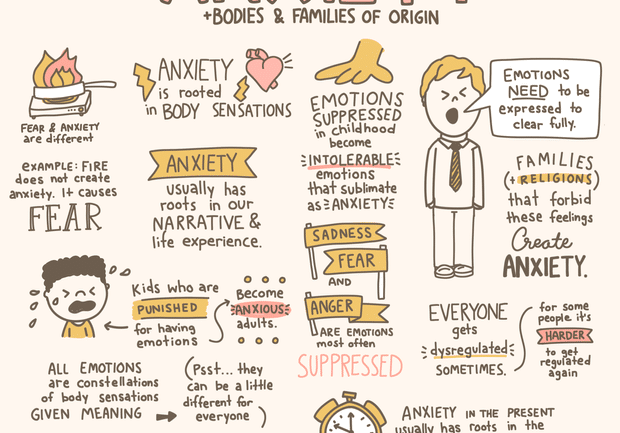
If You’re a Pro, You Gotta Have a Pro
Lindsay Braman’s example can open your mind about what sorts of both joy and utility you can create, simply by letting your own gifts out of the closet and using them in your work, in recognizing that, if a therapist/doodler can connect two passions, so can you.

